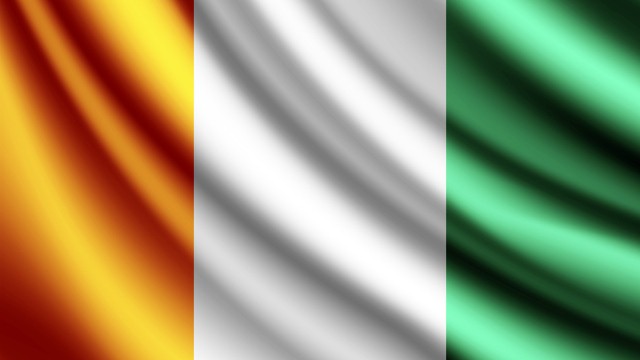

On the coast, the temperature is more stable, even though air humidity increases, making it feel more uncomfortable. At other times, it can get very hot during the day, with peaks around 38/40 ☌ (100/104 ☏), while on the coast the temperatures reach 34/35 ☌ (93/95 ☏), when the wind from the desert manages to arrive there.īy February, the temperature begins to rise in inland areas, and it can reach 40 ☌ (104 ☏). Sometimes, nights can be cool in the interior, where lows can drop to around 10 ☌ (50 ☏). In the interior, the humidity is low, since the prevailing wind, the Harmattan, blows from the desert, and it's able to raise dust, which can veil the sky and create a characteristic mist.Īlong the coast, the humidity is higher, and a few showers may still occur in winter, especially in the western part, and particularly in December, when the sea is a bit warmer and evaporation is higher. Rainfall is more abundant on the coast, where it's between 1,500 and 2,500 millimeters (60 and 100 inches) per year, while in inland areas, it's generally less intense and ranges from 1,200 to 1,500 mm (47 to 60 in) per year, even though it reaches 2,000 mm (80 in) in the small western mountainous area.ĭuring winter, the weather is good and the temperatures are high throughout the country, even in December and January, when the maximum temperatures are around 31/32 ☌ (88/90 ☏) on the coast, and 33/34 ☌ (91/93 ☏) in inland areas. Along the coast, the rains are significant also in March and November, and even in December on the westernmost part (see San Pédro, Tabou). In Ivory Coast, the climate is tropical, with a dry season from December to February and a rainy season from April to October due to the African monsoon. The center-north - Korhogo, Yamoussoukro.


 0 kommentar(er)
0 kommentar(er)
